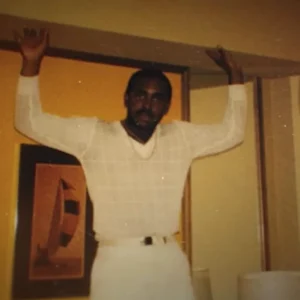For many, end-of-life care can be complex and intensive [1], dependent on the type, chronicity and severity of health problems. As most people prefer to remain at home as long as possible, and health care policies in many countries aim to substitute residential long-term care with community based care, care at the end of life is often provided at home [2, 3]. In general, care may be provided by a variety of caregivers: publicly paid professionals (e.g. home care staff), informal caregivers (e.g. relatives, friends), volunteers or privately paid caregivers [4]. These different types of caregivers together are described as the care network [5, 6], and this network may differ in size and composition. Various care network structures have been identified for community-dwelling older people, such as spousal/co-residential [4, 7], diverse informal [4], largely publicly paid [4, 8], and privately paid [4] networks. In spousal networks, few caregivers other than a partner are involved, while care in diverse informal networks is mostly provided by adult children and other informal caregivers [4, 7]. Publicly paid networks consist of formal caregivers and some informal caregivers [4, 8]. In privately paid networks there are hardly any other types of caregivers present, while the share of informal and formal caregivers is (more) equally divided in mixed care networks [4]. However, these studies did not focus on care received near the end of life. Previous work showed that informal care comprised a substantial proportion of the care received by older adults at the end of life [1, 9,10,11]. A Dutch study that compared care received by older adults in the last three months of life between 2000 and 2010, revealed a significant increase in the use of formal home care, or a combination of formal and informal home care in 2010 compared to 2000 [12]. Informal and formal care use near the end of life may even have further increased after 2010. However, the size and composition of care networks at the end of life remains unknown.
From research in the general population of community-dwelling older people, it is known that there are a number of individual characteristics associated with health service utilization, which can result in different types of care networks. Following the behavioral model of health care use, these characteristics can be divided in predisposing, enabling, and need factors [13]. Predisposing factors include demographic characteristics such as gender, age and education. Enabling factors include resources that facilitate the use of care, such as income and marital status [4, 13]. Need factors include health status and level of illness. People with certain individual characteristics are more likely to use health services than others [13]. For instance, being frail [14], being older (75+), having difficulties with instrumental activities of daily living or living alone are associated with more formal home care [9]. Disability level and serious chronic illness are associated with more formal and informal care use in the last life year, while living alone decreased the amount of informal care received [15]. Among older adults without disability, living alone or receiving informal care is also related to formal home care utilization [9]. Having a higher income is associated with the use of more privately paid and less publicly paid care, and the presence of a spouse is related to more informal care [4]. Among those living alone, frequent contact with friends, having children, and difficulties with instrumental activities of daily living are also related to receiving more informal care [16]. In general, women have larger and more diverse care networks than men, while men are more likely to receive family care from women as they have higher odds of being married in old age. Also, care networks become larger when morbidity increases, especially for women [17]. Formal care use among older adults near the end of life is related to being female, older in age (80+) or having lower functional ability [12].
You are viewing: Who Provides
Read more : Who Is The Youngest Ceo Ever
To date, it is unclear which types of home-based care networks exist specifically near the end of life and how they are associated with characteristics of the care recipient. Knowledge about the types of networks at the end of life could help home care staff to recognize which end-of-life informal caregivers share care tasks with others and who provides care on their own. The latter may be in need for (more) professional support to relieve caregiver burden. In addition, detailed information about care networks at the end of life makes it possible to compare the size and composition of these networks to care networks in other life phases, and helps us understand whether and how care networks change closer to death. The aim of this study is to identify different types of home-based care networks of community-dwelling older adults in the Netherlands and to assess the association between different types of home-based care networks and the health status and socio-demographic characteristics of care recipients.
To better contextualize the findings, we first provide a brief overview of the Dutch healthcare system and the eligibility criteria of publically-funded home care support. In the Netherlands, professional personal care is funded by a public mandatory insurance, under the condition that a formal needs assessment has indicated that a person is in need of this care and informal caregivers are not able to provide this type of care. The general responsibility of the organization of household care is in the hands of municipalities. When people are not able to do household chores, due to (chronic) illness or disability, and informal caregivers are not able to provide this type of care, they can appeal for publically-funded home care support provided by their municipalities. As they have to pay a contribution for help from municipalities, some find it cheaper and easier to hire someone who can help with household chores themselves.
Source: https://t-tees.com
Category: WHO

